Reducing Preventable Blindness
With Our Help
Diabetes and glucose intolerance affects up to 50% of Aboriginal and Torres Strait Islander adults who live in rural and remote communities. One in three diagnosed will also have vision loss, which is preventable or treatable in 94% of cases when diagnosed in the early stages.
This past year our sight-saving ophthalmic program has treated 800 patients in rural hospitals and remote first nations communities across Queensland.
What We Are Doing
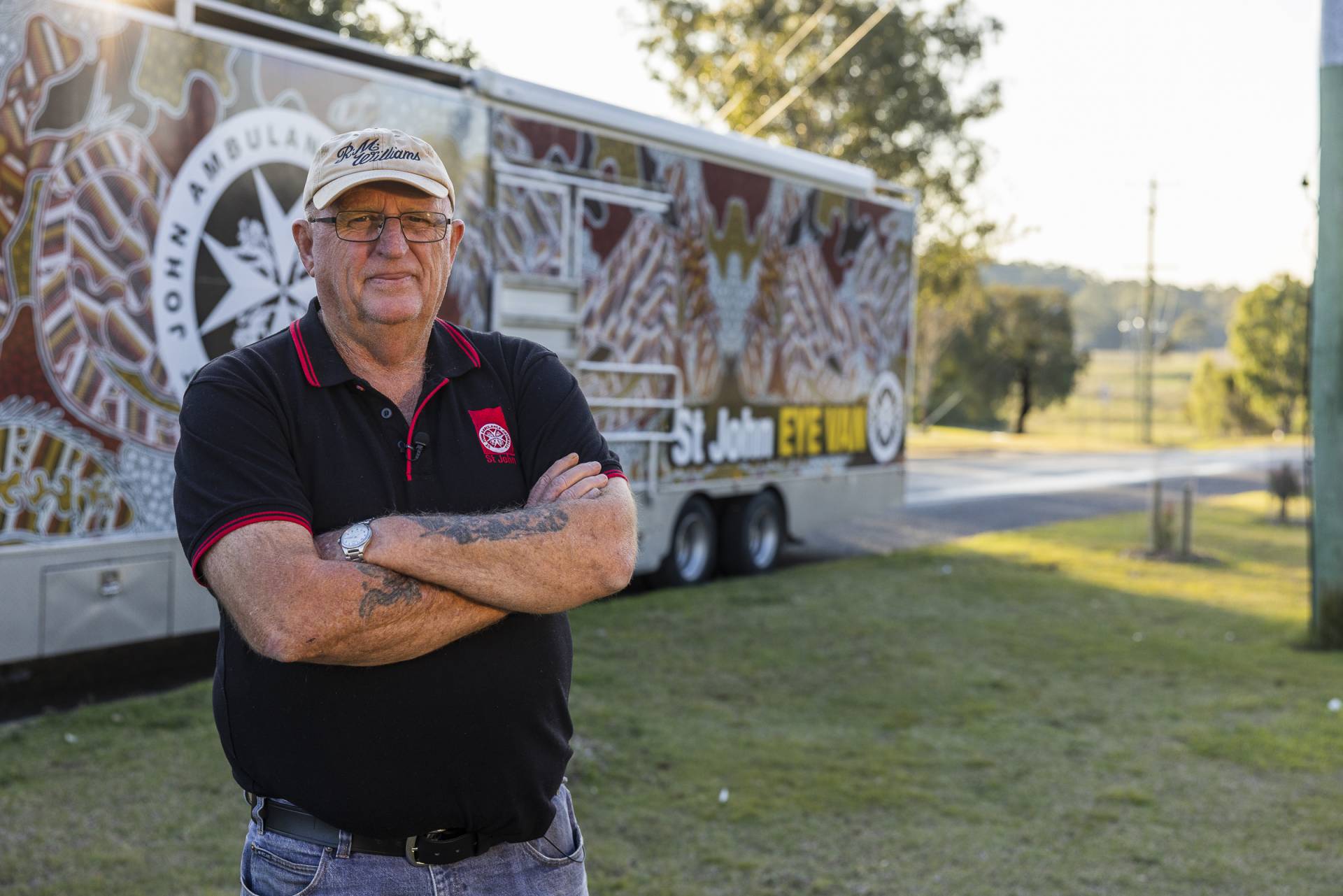
The St John Eye Van is a mobile fully equipped ophthalmology and optometry treatment centre, with state-of-the-art diagnostic and treatment instruments.
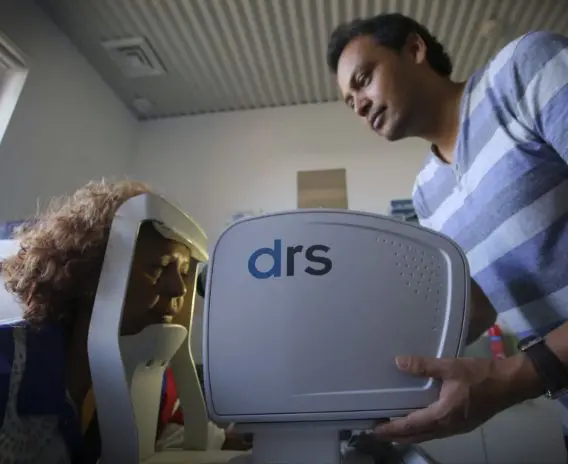
Retinal photography has become the preferred screening tool for diabetic retinopathy and is usually performed in a GP or optometry practice; or by an Indigenous health worker.
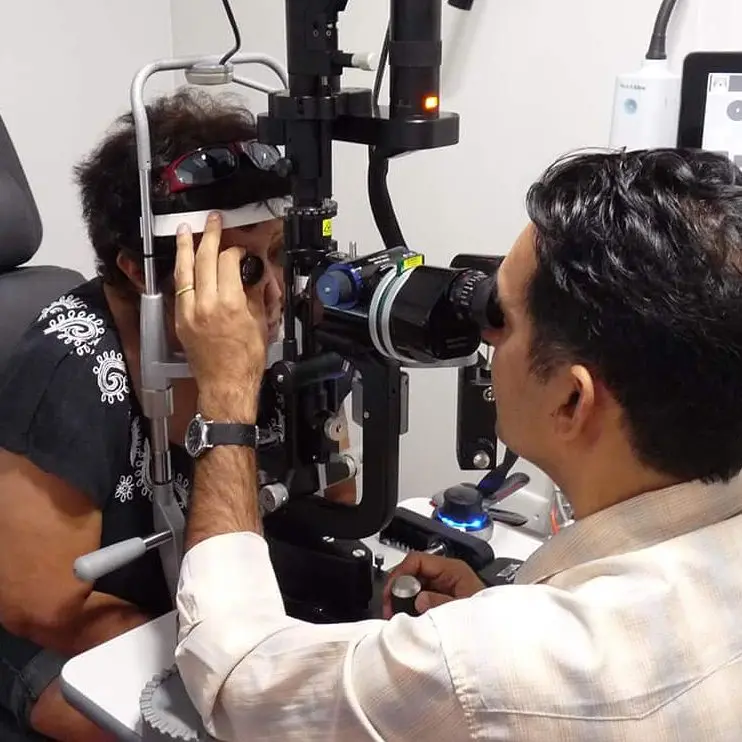
The St John Eye Van is equipped to manage the three most common complications of diabetes within the Indigenous population. These are refractive change, cataract and diabetic retinopathy.
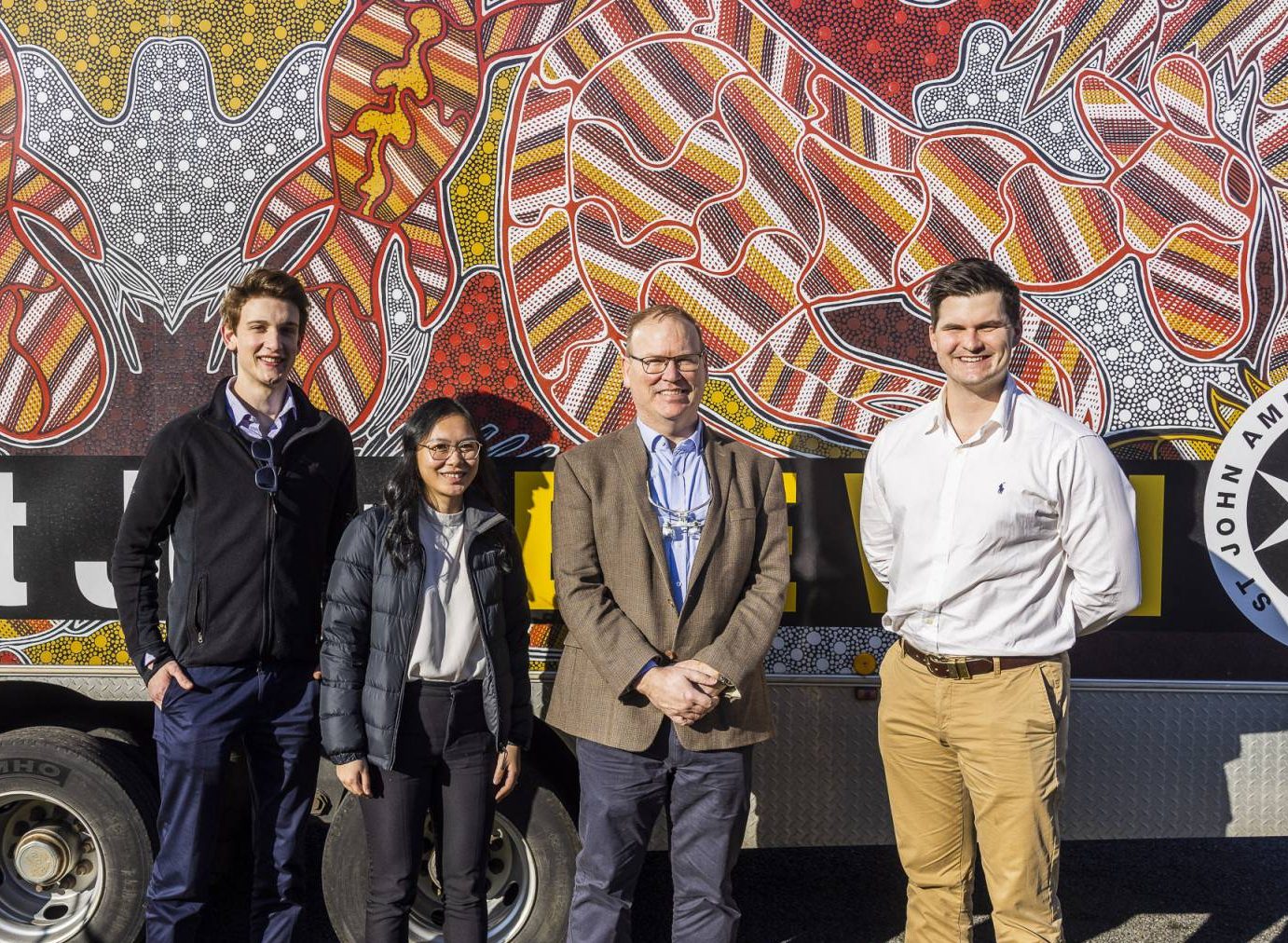
Our partnerships with rural hospitals bring bulk-billed specialist eye treatments to the whole community. Our ophthalmic clinics are conducted monthly.
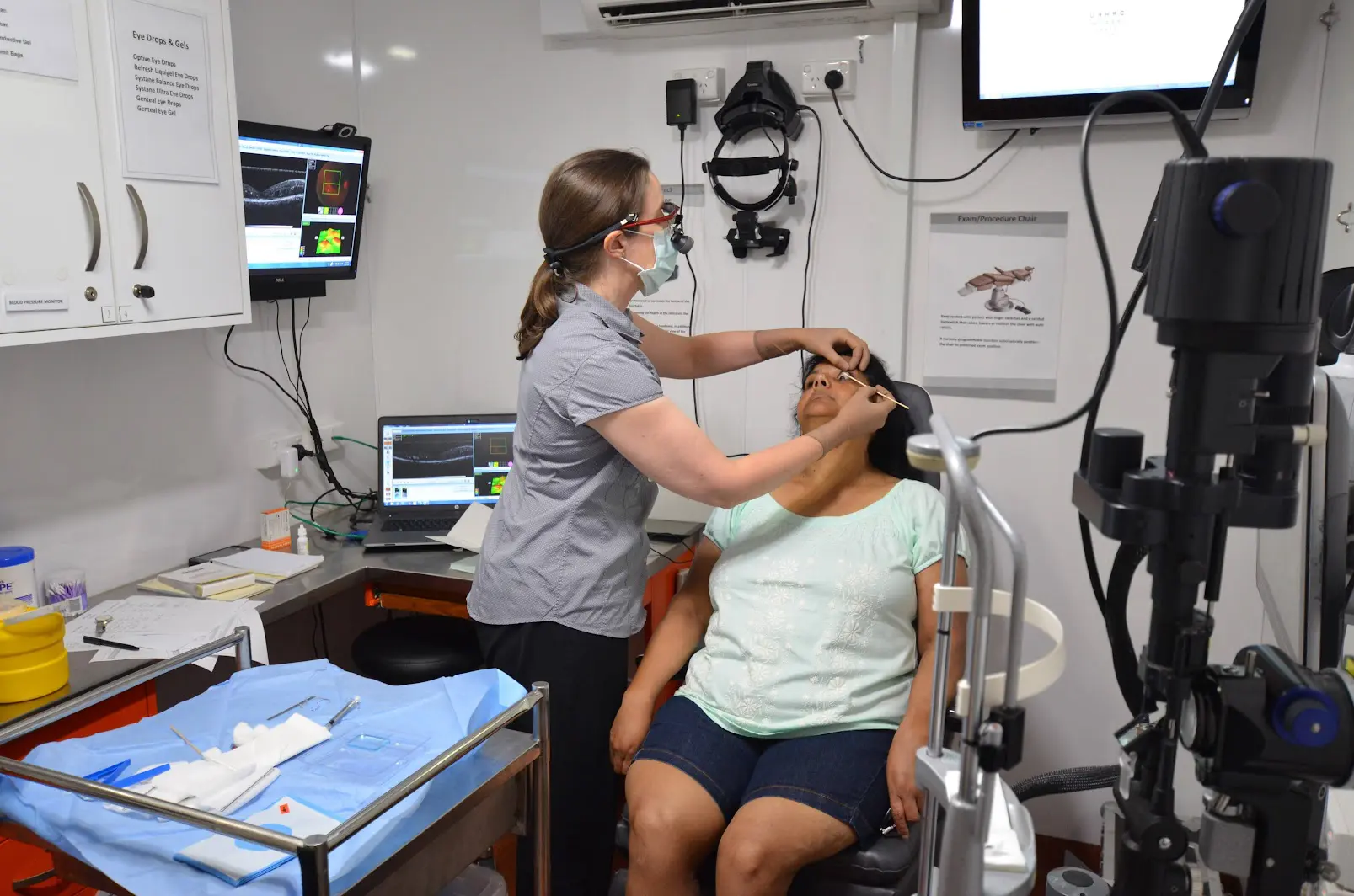
Clinical Sites
The St John Eye Van travels to regional hubs across Queensland allowing remote communities to regularly access the Van’s facilities and specialist team.
The number of Aboriginal and Torres Strait Islander people who have diabetes can be as high as 50% in some remote communities. Children in these communities are up to eight times more likely to suffer type II diabetes than city children.
Those diagnosed with diabetes are three times more likely to suffer diabetic retinopathy, with 94% of identified cases curable or treatable when diagnosed early. Those living remotely, aged 35 and over are at the greatest risk.
